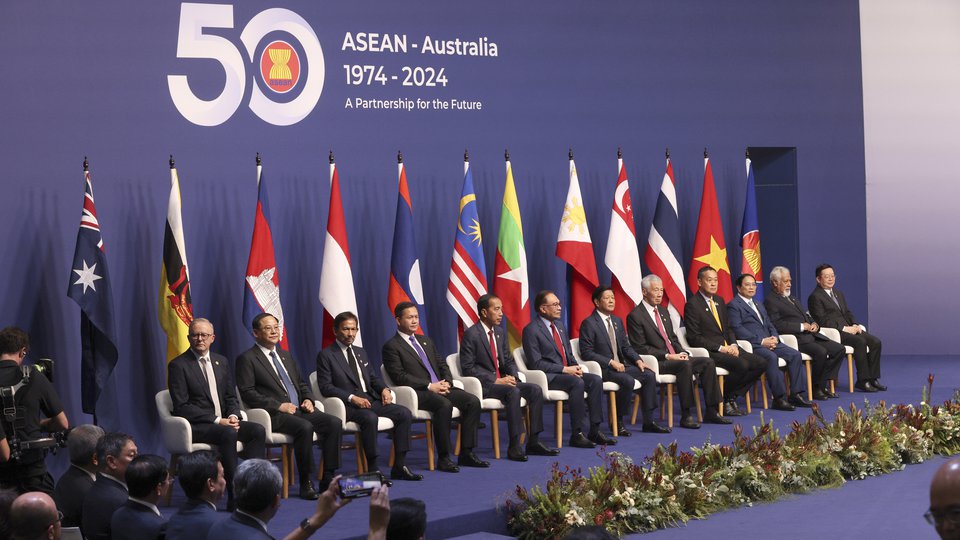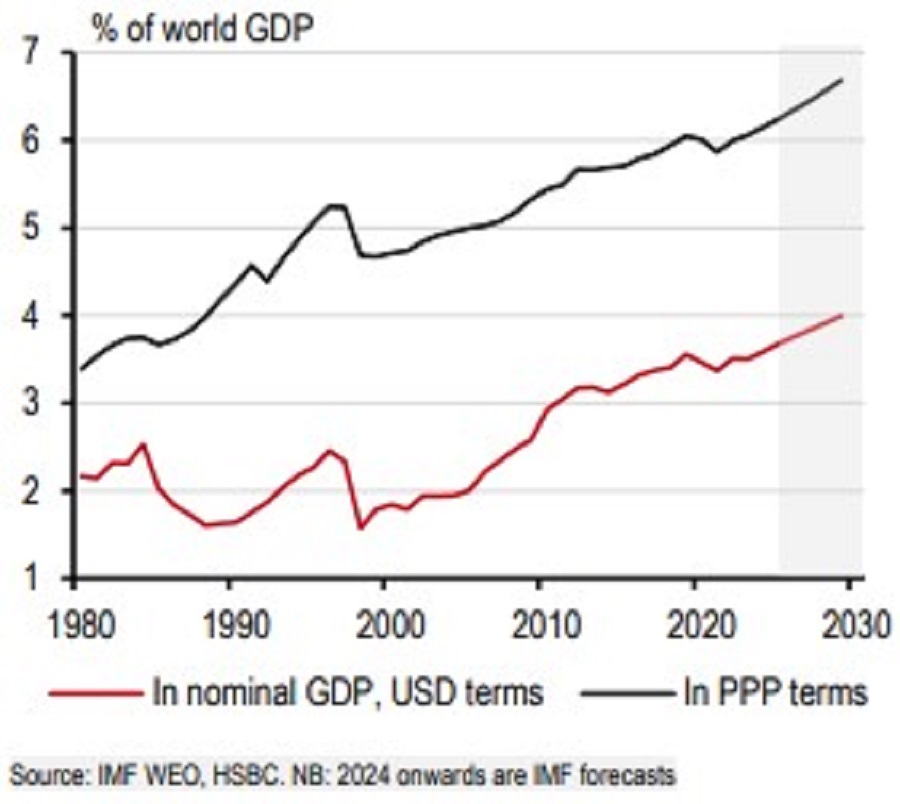What outlook for ASEAN region?
Anchored by free trade within the region, the breadth of ASEAN’s potential is what makes the region special.

Big strides
It’s easy to take ASEAN for granted and forget how far it has come. Step back for a minute. Established in 1967 as a cultural forum, Singapore Prime Minister Lee Kuan Yew said in his memoir that the region had made an “unpromising start.” But from 1992, the ASEAN economies gradually reduced barriers to trade.
By 2010, intra-ASEAN trade was almost borderless, making the region an attractive base for production and trade. It’s been getting bigger and better ever since, and as we highlight in this report: there is a lot more to come.
From billions to trillions
A USD473 billion economy in 1992, its size has since increased more than sevenfold to USD3.63 trillion. The ASEAN-6 economy has also almost doubled its share of world GDP from 1.9% in 1992 to 3.5% in 2023. And the future looks bright. According to the IMF World Economic Outlook, ASEAN will grow by an average of 4.7% in the next five years, making it one of the world’s fastest-growing major economies.
In HSBC’s views, not only has the region consistently attracted the largest slice of the world’s foreign direct investment, but its global market shares are increasing across the board – from goods and light-asset services to tourism – and it is one of the few major economies whose share in global exports has risen despite China’s manufacturing boom.

In nominal terms, ASEAN’s share of world GDP rose to 3.5% in 2023
Goods to services
ASEAN’s appeal has widened far beyond manufacturing goods. The region has also become influential in providing the human touch – services. Its pristine beaches, budding F&B scene, and improved infrastructure have boosted tourism. ASEAN’s global market share of inbound tourists increased from 4.9% in 2006 to 8.7% before the pandemic, and all the signs point to further growth in a post-COVID-19 world.
“ASEAN has also excelled in exporting ‘light-asset’ services, with professionals, artists and other creative types maximizing the opportunities offered by the digital world to compete internationally. Here, ASEAN has doubled its global market share since 2005”, said HSBC.
Quality growth
What makes all this all the more impressive is that ASEAN’s share of the world population has been decreasing since 2012. This implies that the quality of growth is increasing as ASEAN innovates and makes its way up the global value chain. As world trade grapples with the increasing risk of protectionism, HSBC believes ASEAN will likely remain resilient.
At the heart of this story is integration, depth, and breadth. Led by free trade and the ease of travel within the region, ASEAN continues to look for means to expand its markets – bucking the global trend and becoming a poster child for economic integration.








